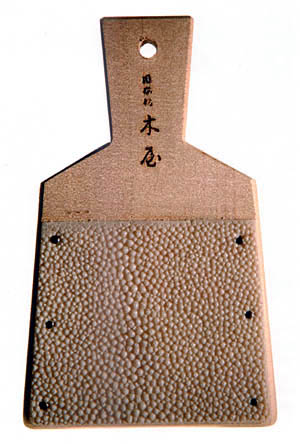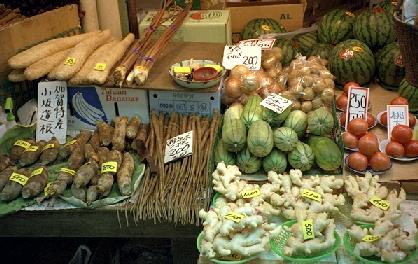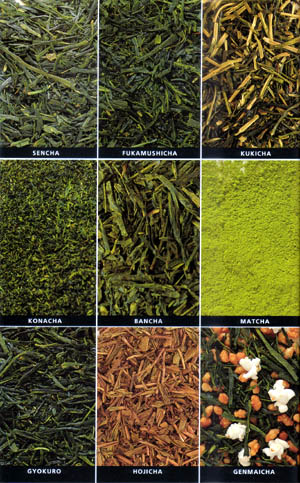
I would very much like to meet Yasuko, whose blog I read often. It is simply a record of her daily food and tells a story of a way of eating so different to my own and takes me back to the 6 months I spent in Japan in 1979 when I lived entirely on Japanese food and came to love it.... at right is a photo of her New Year dishes and below is an excerpt of what she ate on 07/01/10
BREAKFAST --- rice gruel with seven wild grass | Miso soup - grated lotus root | rolled egg (grated radish) | yuba (wasabi) | natto | apple
LUNCH --- gohan | miso soup (pumpkin) | grilled salmon | tofu paste(spinach, lotus root, carrot and konjak) | strawberry and kiwi
BETWEEN-MEALS --- cake | coffee
DINNER --- one-pot dish (Potherb mustard, enoki, shiiake, shimeji, maitake, deep-fried tofu, yuba) | Sugar flavored kidney beans | sesame puding | various leavings | various pickles
pray for a perfect state of health.

From an article about a book called:
Cool Tools: Cooking Utensils from the Japanese Kitchen
by Kate Klippensteen
Photographs by Yasuo Konishi.
This oroshigani (grater) is used almost exclusively to grate wasabi, the pungent yet sweet "horseradish" that complements sushi and other dishes. It consists simply of a piece of shark skin nailed to a natural wood board.
Shark skin has been used in Japan for centuries, most notably in sword grips, and here its rough texture - similar to the coarsest sandpaper - makes for a finer grating surface than metal graters provide.
Many chefs believe that metal is too harsh for grating wasabi; others say the extra pressure needed to grate on sharkskin does a better job of releasing wasabi's volatile flavor.

Ohmicho seafood market, in Kanazawa, specialises in fish from the nearby Sea of Japan as well as local rivers. There are stalls of vegetables too and ..... in the summertime huge blocks of ice are set up in strategic locations and shoppers can cool off by rubbing their hands on them.
Read more : Tokyo Food Page

Tea is grown throughout Japan, but the areas that are most well known for their tea are Shizuoka, Kagoshima, and Uji, all of which have types of tea named after them. Many other locales also have their own distinctive local teas with their devoted enthusiasts.
From a book called:
New Tastes in Green Tea
by Mutsuko Tokunaga

I absolutely loved Japan and the Japanese people, who took me in and showed me such kindness in my travels. It was very unusual in those days for a foreigner to speak Japanese and many people I met had never even seen a non-Japanese person before, except on TV!! The beauty of and care taken with Japanese public and private gardens is immense and a part of the Japanese psyche and the Shinto religion, which worships nature, ancestors and the spirit. This respect and reverence for nature, whether in the wild or in the home garden, shone through every Japanese person I met. It gives enormous tranquility to life and drew me again and again to various shrines and gardens.
There is a beautiful series of photos at Tom Spencer's The Soul of the Garden and his Images of Japan






No comments:
Post a Comment